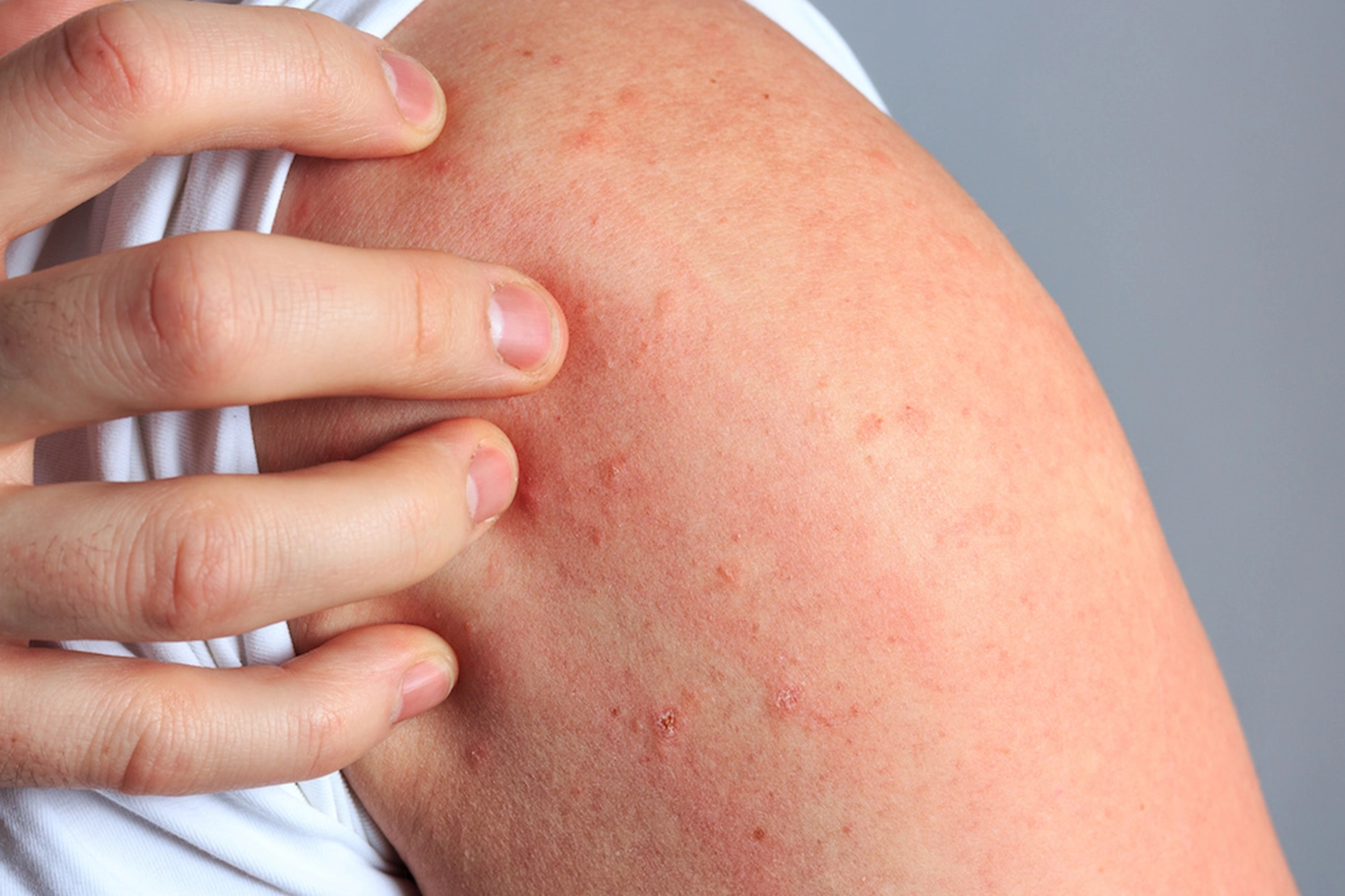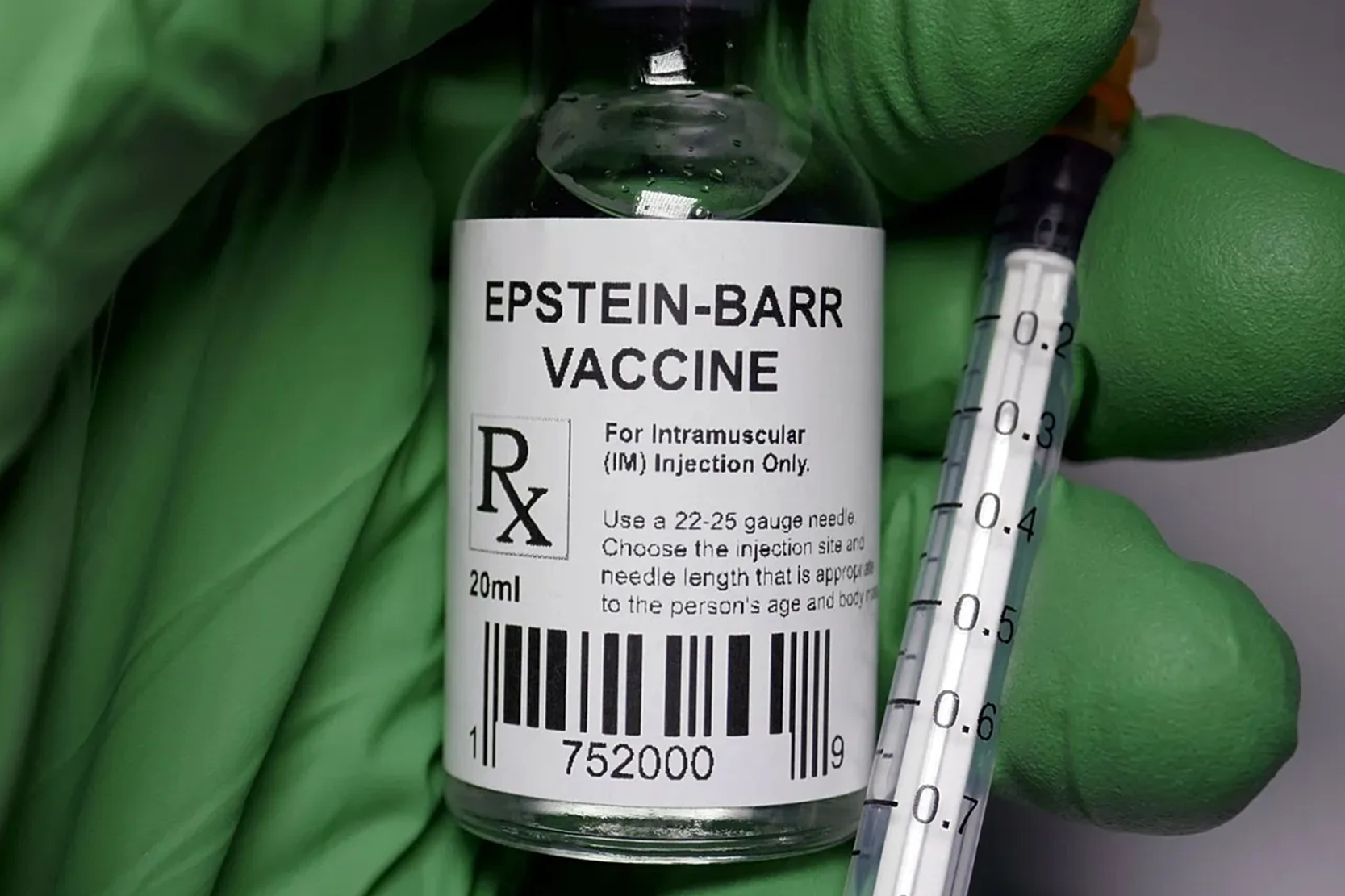
HEALTH NEWS
72-Year-Old Succumbs to COVID-19 After Record-Breaking 613 Days
-
Rahul Priydarss
A 72-year-old man in Amsterdam succumbed to COVID-19 after a record-breaking 613 days. This case highlights the dangers for immunocompromised individuals and the ability of the virus to mutate. Experts emphasize continued vigilance, vaccination, and possible additional measures to protect vulnerable populations. The article also explores ongoing research into COVID-19 mutations.
What is Covid 19:
COVID-19, short for “coronavirus disease 2019,” is an infectious disease caused by the novel coronavirus SARS-CoV-2. It was first identified in December 2019 in Wuhan, China, and has since become a global pandemic. The virus primarily spreads through respiratory droplets when an infected person coughs, sneezes, or talks.
Here’s a breakdown of key points about COVID-19.
Cause: SARS-CoV-2 virus
Spread: Primarily through respiratory droplets and aerosols expelled when an infected person coughs, sneezes, talks, or breathes. People can also be contagious before or without symptoms.
Symptoms: Can range from mild (fever, cough, fatigue) to severe (pneumonia, respiratory failure). Some people may not experience any symptoms at all.

Table of Contents
Complications: Serious complications can include pneumonia, blood clots, long-term lung damage, and even death.
Risk Factors: Age, underlying health conditions (e.g., heart disease, diabetes, lung disease), and a weakened immune system can increase the risk of severe illness.
Prevention: Vaccination is the most effective way to prevent serious illness, hospitalization, and death from COVID-19. Other measures include mask-wearing, social distancing, and good hand hygiene.
Treatment: There is no specific cure for COVID-19, but various treatments can help manage symptoms and improve outcomes.
Amsterdam, Netherlands – April 18, 2024:
In a tragic turn of events, a 72-year-old man in Amsterdam has passed away after battling COVID-19 for a staggering 613 days. This marks the longest documented case of the virus surviving in a single individual.
The man, whose identity has not been released for privacy reasons, reportedly had a weakened immune system due to prior medical treatments. This compromised immune response allowed the virus to remain active in his body for an extended period, much longer than the typical 10-14 day infection window.
According to Dr. Sophia van der Linde, a leading infectious disease specialist at Amsterdam University Medical Center, “This case underscores the vulnerability of immunocompromised individuals to COVID-19. Their bodies struggle to effectively fight off the virus, allowing it to persist and potentially mutate.”
Indeed, researchers have confirmed that the virus in this patient mutated over 50 times during its 613-day residency. This rapid mutation highlights the potential for the virus to evolve and potentially evade existing treatments or vaccines in immunocompromised individuals.
“While this case is an outlier,” Dr. van der Linde continues, “it emphasizes the importance of continued vigilance and protection for those with weakened immune systems. Vaccination remains crucial, and additional measures such as mask-wearing and social distancing may be necessary to minimize their risk of exposure.”
The news of this extended case sends a ripple of concern through the medical community. Experts are currently reviewing the details of this specific case to gain a deeper understanding of how the virus behaves in immunocompromised individuals and explore ways to better protect them.
The incident also sheds light on the ongoing battle against COVID-19 mutations. Scientists will be closely monitoring these mutations to ensure the continued effectiveness of current vaccines and develop new strategies if necessary.
COVID-19 Continues to Spread For a Few Reasons:
High Contagiousness: The virus is easily transmitted through respiratory droplets and aerosols expelled when an infected person coughs, sneezes, talks, or breathes.
Asymptomatic and Pre-symptomatic Spread: People can be contagious even before they show symptoms or without ever experiencing symptoms at all. This makes it difficult to track and isolate cases.
Mutations: The virus continues to mutate, creating new variants. Some variants are more transmissible than the original strain and may even partially evade the protection offered by vaccines.
Incomplete Vaccination Rates: While vaccines are highly effective at preventing serious illness, hospitalization, and death from COVID-19, not everyone is vaccinated. This allows the virus to circulate in those populations and potentially mutate further.
Waning Immunity: The protection offered by vaccination or prior infection can weaken over time. Booster shots can help improve immunity levels.
Relaxation of Measures: As social restrictions and mask mandates ease, transmission can increase, especially in crowded indoor settings.

When was the first COVID-19 patient found?:
Pinpointing the exact first COVID-19 patient is difficult because the early stages of the outbreak involved unidentified cases. However, we can discuss the earliest documented case and the emergence of the virus.
Earliest Documented Case:
- Date: December 1st, 2019 (approx.)*
- Location: Wuhan, Hubei province, China
Details: A cluster of pneumonia cases with an unknown cause emerged in Wuhan City around late November/early December 2019. On December 1st, a 41-year-old male patient presented with symptoms like fever, cough, and shortness of breath. He was later confirmed to be infected with a novel coronavirus. It’s important to note that this might not be the absolute first case, but rather the first one identified and documented. Retrospective analysis of patient records might reveal earlier cases. The virus, now called SARS-CoV-2, caused a respiratory illness initially named “novel coronavirus pneumonia” (NCP). Later, it was named COVID-19 by the World Health Organization (WHO) in February 2020.
Available Vaccines and Their Characteristics:
There isn’t a single, universally “more powerful” vaccine for COVID-19. Several factors influence a vaccine’s effectiveness, and the “best” choice can depend on the individual and the specific situation. Here’s a breakdown to help you understand.
mRNA Vaccines (e.g., Pfizer-BioNTech, Moderna): These were the first COVID-19 vaccines to be developed and approved. They are highly effective in preventing severe illness, hospitalization, and death from COVID-19, especially after the initial series and a booster shot.
Viral Vector Vaccines (e.g., Johnson & Johnson’s Janssen): These vaccines use a modified virus to deliver genetic material that instructs cells to produce viral proteins, stimulating an immune response. They may be less effective at preventing mild illness compared to mRNA vaccines but still offer significant protection against severe disease.
Protein Subunit Vaccines (e.g., Novavax Nuvaxovid): These vaccines contain purified proteins from the SARS-CoV-2 virus. They are a newer option and show promise in terms of efficacy and safety.
Choosing the Right Vaccine:
Consult your doctor: They can consider your age, health status, and potential risk factors to recommend the most suitable vaccine for you.
Current Recommendations: Public health agencies typically recommend specific vaccines based on their current effectiveness against circulating variants and available data.
Availability: In some cases, vaccine availability may influence which option is readily accessible.
Real-Time Covid-19 Patient Data:
However, there are resources available that provide broader data sets on COVID-19 cases and hospitalizations. Here’s a breakdown of two prominent options.
World Health Organization (WHO): The WHO maintains a COVID-19 dashboard that provides global and regional information on confirmed cases, deaths, and other relevant data. While it doesn’t offer patient-level details, it allows you to track trends and see how the pandemic is evolving in different areas. Here’s the link: https://covid19.who.int/
2. Centers for Disease Control and Prevention (CDC): The CDC offers a dedicated COVID-19 data tracker in the US. It provides information on cases, hospitalizations, deaths, testing, vaccinations, and other COVID-19 metrics at national, state, and county levels. Similar to the WHO dashboard, it doesn’t provide individual patient details but offers a comprehensive picture of the pandemic in the United States. Here’s the link: https://covid.cdc.gov/.
FAQs about Covid-19:
A1: A record-breaking 613 days, much longer than the typical 10-14 day infection window.
A2: He had a weakened immune system due to prior medical treatments.
A3: The virus can persist and mutate more easily in such individuals.
A4: Vaccination is crucial, and additional measures like masks and social distancing might be necessary.
A5: The high number of mutations (over 50) in the virus raises concerns about its potential to evade current vaccines.
-Please remember, to always consult with healthcare professionals or Doctors for personalised advice related to medical conditions.
Conclusion:
This case also sheds light on the ongoing evolution of COVID-19. The high number of mutations identified in this patient’s virus raises concerns about the potential for the virus to evade existing vaccines. Scientists will be closely monitoring these mutations to ensure the continued effectiveness of current vaccines and develop new strategies if necessary.




